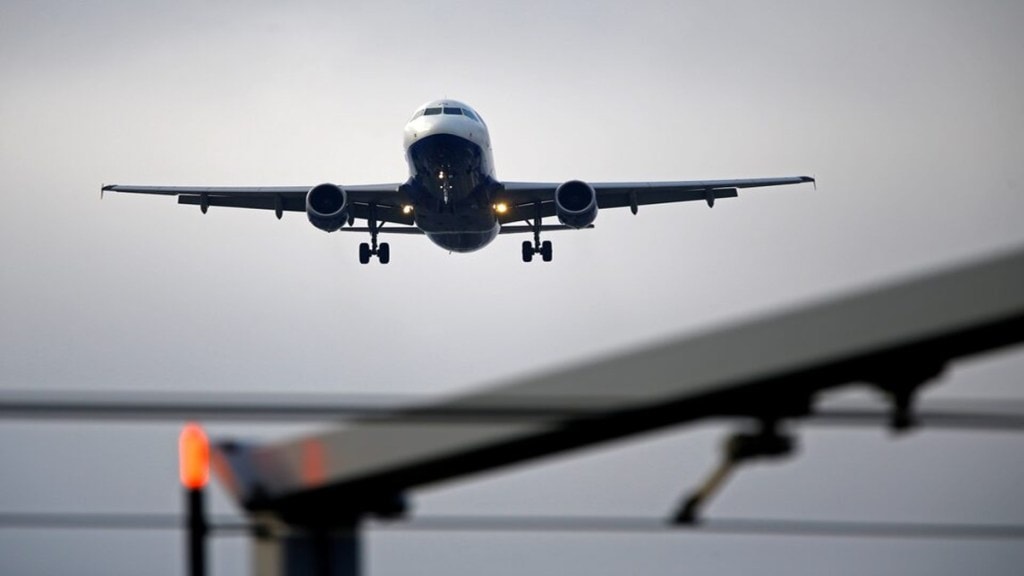Delhi airport operator DIAL announced on Friday that 114 flights will be cancelled daily from June 15 to September 15 due to the closure of runway RW 10/28 for upgradation. The long-delayed work, initially postponed in May due to congestion concerns, will now proceed to upgrade the Instrument Landing System (ILS), making the runway CAT III compliant. The enhancement is expcted to enable safer flight operations in low-visibility conditions during the fog-prone winter months.
The Indira Gandhi International Airport, the country’s largest and busiest airport, handles around 1,450 flight movements daily. It has four runways — RW 09/27, RW 11R/29L, RW 11L/29R and RW 10/28 — and two operational terminals — T1 and T3. T2 is currently closed for maintenance works.
In April, an earlier attempt at upgrading the runway led to considerable chaos due to unexpected weather changes and a lack of sufficient flight rationalisation by airlines. The Ministry of Civil Aviation (MoCA) then intervened, paused the work and instructed DIAL to resume operations and airlines to adjust slots to minimise passenger inconvenience.
‘All parties much better prepared’
This time, DIAL CEO Videh Kumar Jaipuriar told Indian Express that airlines will collectively cut 114 daily flights (arrivals and departures) to and from Delhi. This represents an approximately 8% cancellation rate from the usual 1,450 daily flights, which Jaipuriar noted is not significantly higher than the typical 3-3.5% daily cancellation rate. Additionally, 43 flights per day will be rescheduled from peak to non-peak hours to manage congestion. Jaipuriar emphasised that all parties are much better prepared for this closure.
According to DIAL, a total of 200 flights will be affected between June 15 and September 15 due to the closure of runway RW 10/28 for upgradation. Of these, 114 flights will be cancelled, while the remaining 86 will be rescheduled from peak to non-peak hours. Although the runway will reopen on September 15, the ILS upgrade will be completed by November 27, ahead of the fog season, said Jaipuriar.
Making the infra fog ready
Upon completion, Delhi Airport will boast three runways capable of low-visibility operations, significantly enhancing its ability to manage disruptions during the frequent winter fog in North India.
Jaipuriar highlighted the current disparity in recovery times during fog: a one-hour disruption takes about three hours to clear during westerly runway operations, but can take up to six hours for easterly operations. With the upgrade, low-visibility operations from both ends of Runway 10/28 will ensure similar recovery times, regardless of wind direction.
Currently, under low visibility conditions, IGIA’s arrival capacity is 30 flights per hour during westerly operations but halves to just 15 flights per hour during easterly operations. Jaipuriar assured that the adjustments will not significantly impact passengers, as they are being informed in advance. Addressing previous concerns of coordination issues between airlines and airport authorities during congestion, DIAL said that the current slot adjustments were made in close consultation with all stakeholders.

